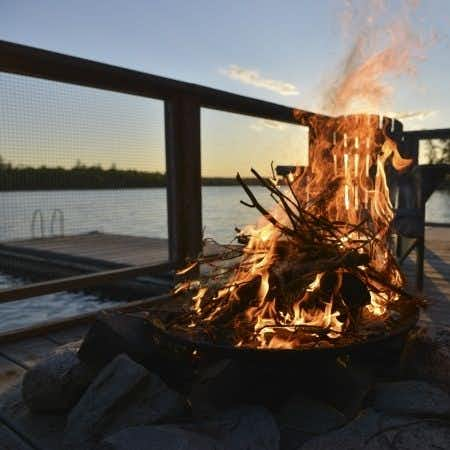This case involves a homeowner whose son purchased a fire pit to use at the house during the summer. The pit was not attached to the property and was kept in a shed when it was not in use. The son and several friends went to the house and placed the fire pit on the deck and situated several chairs around it. One of the friends took a gasoline container from the shed to start the fire. He poured the gasoline into the pit and this caused a large flash of flames that severely burned three of the people who were present. The three people who were burned sued the homeowner for their injuries. The homeowner had an insurance policy that covered three other properties but that did not list the house where the injuries occurred as an “insured location” even though it was owned by the insured homeowner. The insurance company brought a lawsuit seeking a declaratory judgment that it had no duty to defend a claim based on bodily injury at this particular house.
Question(s) For Expert Witness
1. If a homeowner has an insurance policy for several properties that has an “insured location” exclusion, does the insurance company have to defend a claim brought for a burn injury at a property that is not an insured location?
Expert Witness Response
In personal injury cases where someone owns multiple properties and has a homeowner’s policy with an “insured location” exclusion, the main issue is whether the exclusion applies to anything that happens on the premises of the other property or whether the exclusion is limited to accidents that happen because of a condition of the other property, such as a loose step or a hole on the property. In most cases, if a bodily injury occurs because of a condition of the premises, the uninsured location exclusion applies. If the injury does not happen because of a condition inherent in the premises, the exclusion does not apply. In this case, the uninsured location exclusion would not apply because the fire did not happen as the result of a condition of the premises. Since the fire pit was a portable device that caused the fire and was not a “defect” that was inherent in the premises, the insured location exclusion would not apply. This is because there was not a sufficient connection between the house and the fire that would make the exclusion apply in this case. Because of this, the insurance company would have a duty to defend the claim in this case.
About the author
Inna Kraner, J.D.
Inna Kraner, J.D., is currently Associate Director of Development - William S. Richardson School of Law. She worked in client development at Proskauer Rose LLP, and held various marketing positions at Skadden, Arps, Slate, Meagher & Flom LLP. She has experience litigating corporate, industrial, financial, regulatory, and controversy matters. Inna graduated with a J.D. from Boston College Law School and a B.A. from Brandeis University.

